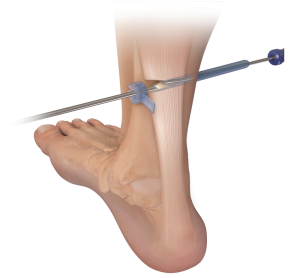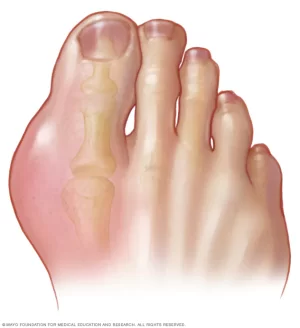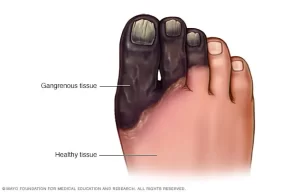The Gustilo-Anderson Classification is a widely used and respected system for categorizing open fractures based on their severity and the extent of soft tissue damage. This classification system was developed by orthopedic surgeons Ramón Gustilo and John Anderson and has become a fundamental tool for guiding treatment decisions and predicting outcomes for open fractures.
The classification is divided into three main types, each with subcategories, to describe the nature of the wound and the associated soft tissue injury:
Type I: Type I open fractures involve a clean wound with minimal soft tissue damage. The wound is typically small, and there is minimal contamination or damage to surrounding tissues.
Type II: Type II fractures are characterized by a larger wound without extensive soft tissue damage. There may be moderate contamination, but the soft tissue injury is generally manageable. Type II fractures are further subdivided into three categories:
- Type II A: The wound is larger and may have moderate contamination, but it is still manageable.
- Type II B: There is significant soft tissue damage, including periosteal stripping and a larger wound size.
- Type II C: These fractures involve extensive soft tissue damage requiring flaps, grafts, or other soft tissue procedures to manage.
Type III: Type III open fractures are the most severe and involve extensive soft tissue damage, often with high-energy trauma. The wound is typically large and contaminated, and there may be significant crushing of the surrounding tissues. Type III fractures are also subdivided into three categories:
- Type III A: Despite the severity of the wound, there is adequate soft tissue coverage over the fracture site.
- Type III B: These fractures have extensive soft tissue loss and require significant reconstructive procedures.
- Type III C: These fractures involve arterial injury, necessitating prompt vascular repair.
The Gustilo-Anderson Classification is crucial for determining the appropriate treatment approach for open fractures. It helps guide decisions ranging from wound management and antibiotic administration to fracture reduction, stabilization, and soft tissue reconstruction.





